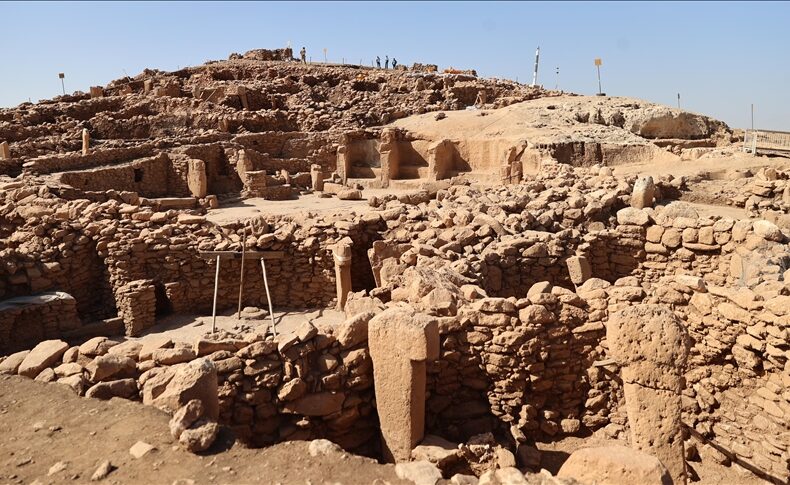
Daily Life Unearthed at Karahantepe: Over 30 Neolithic Dwellings Discovered in Southeastern Türkiye
Archaeologists excavating the Neolithic site of Karahantepe in Şanlıurfa — one of the key locations within the Taş Tepeler (Stone Hills) Project — have uncovered more than 30 small dwellings dating back 11,000 years. The discovery reveals that this ancient settlement was not only a place of monumental architecture and ritual but also home to an active, organized community.
Prof. Dr. Necmi Karul, head of the Karahantepe excavations, said that the newly unearthed huts provide crucial insight into the daily life of early settled humans.
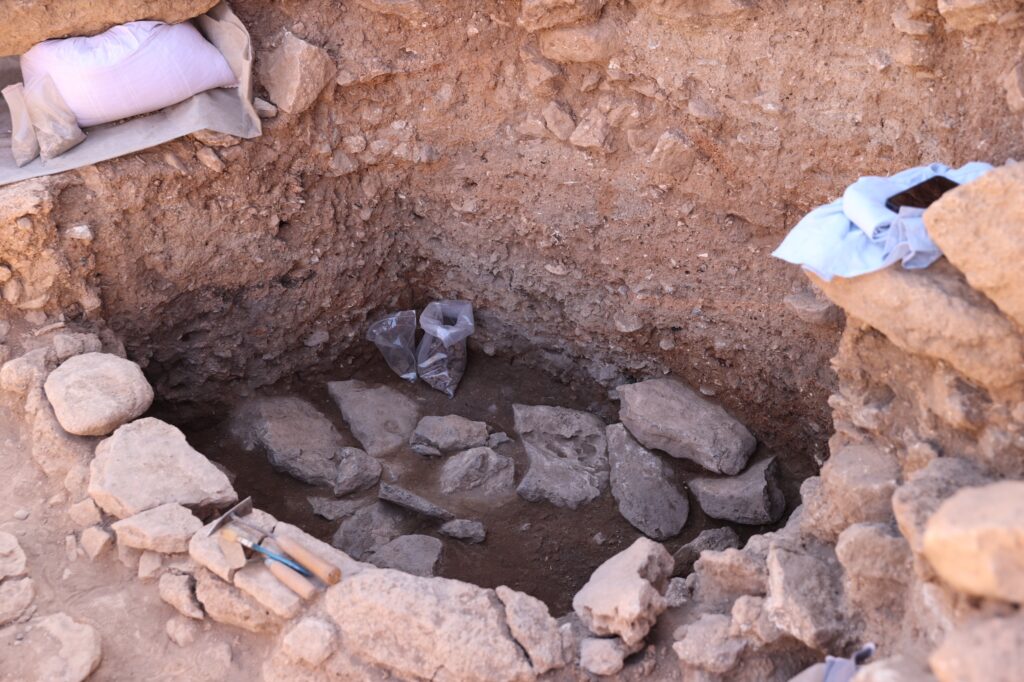
“We have uncovered more than 30 huts where daily life continued in Karahantepe,” Karul explained. “Some were carved into bedrock, while others were built over earlier fills. They vary in size from 3 to 6 meters in diameter, forming a dense, honeycomb-like pattern. Their walls are not perfectly symmetrical — they are oval and irregular. Inside, we find standing stones, hearths, flat stone floors, and sections likely used for storage or for placing grinding tools.”
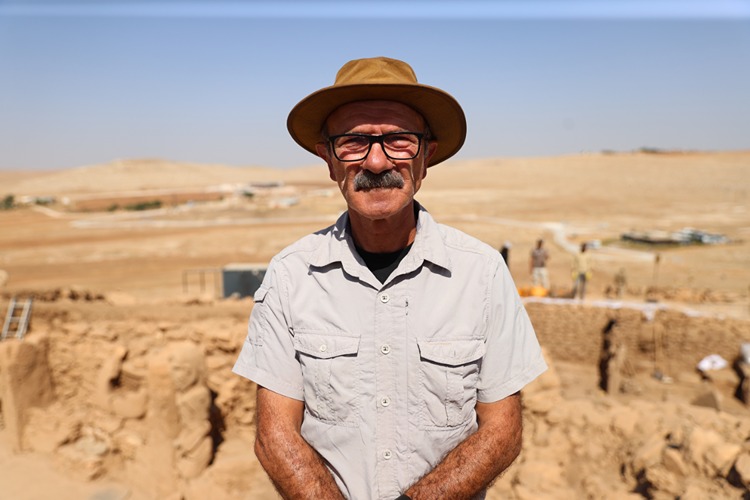
Built entirely below ground level, these dwellings are believed to have served as domestic living spaces for Neolithic communities. According to Karul, when the structures were abandoned, they were intentionally filled with soil, much like the monumental buildings of the site. “We see that many of the standing stones inside were broken or deliberately toppled before the filling process,” he noted.
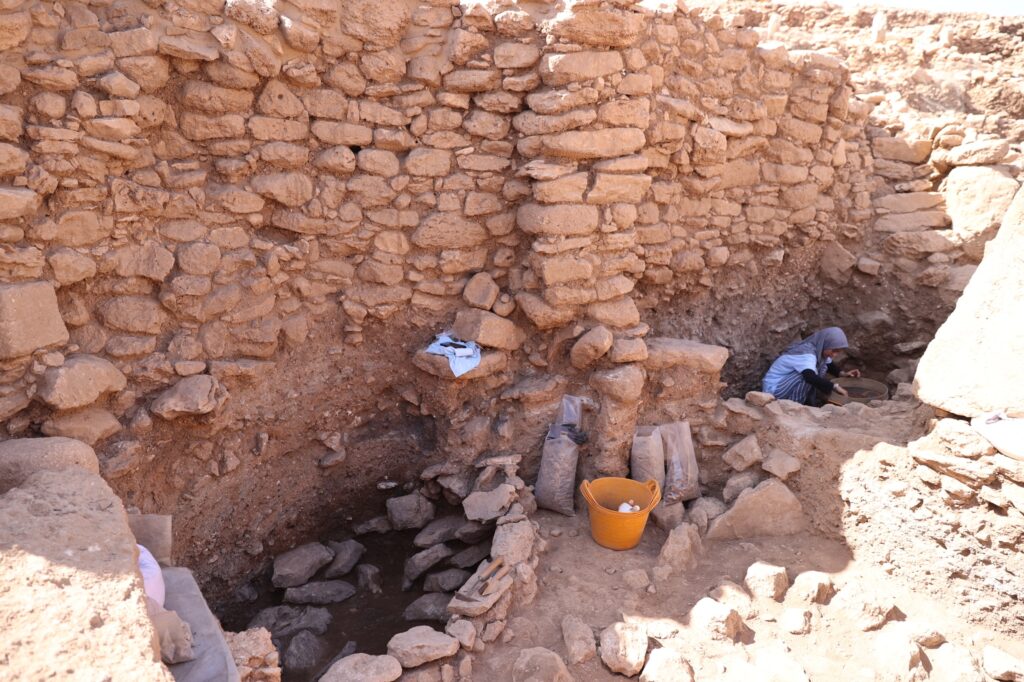
The excavation team is now restoring and re-erecting the fragmented stones in their original positions, allowing researchers to reconstruct the spatial organization of one of the world’s earliest known communities.
📣 Our WhatsApp channel is now LIVE! Stay up-to-date with the latest news and updates, just click here to follow us on WhatsApp and never miss a thing!!
From Ritual to Routine: A New Chapter in Karahantepe’s Story
Part of the same cultural horizon as Göbeklitepe, Karahantepe is among the largest and most complex Neolithic centers of the Taş Tepeler region. Dating back to around 9,500 BCE, it offers rare evidence of humanity’s transition from hunter-gatherer to settled life in prehistoric Anatolia.
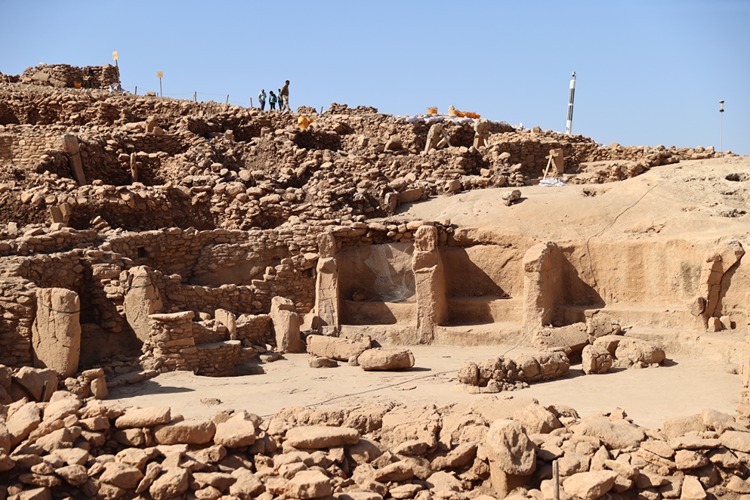
While the site is best known for its monumental T-shaped pillars and sculpted human and animal reliefs, new discoveries suggest a more nuanced picture. The recently uncovered dwellings indicate that Karahantepe’s inhabitants were not solely focused on ritual or ceremony, but also engaged in production, storage, and everyday domestic activity.
This shift in understanding reframes Karahantepe not merely as a sanctuary of symbols but as a living settlement — one that embodied both sacred and practical dimensions of early human civilization.
You may also like
- A 1700-year-old statue of Pan unearthed during the excavations at Polyeuktos in İstanbul
- The granary was found in the ancient city of Sebaste, founded by the first Roman emperor Augustus
- Donalar Kale Kapı Rock Tomb or Donalar Rock Tomb
- Theater emerges as works continue in ancient city of Perinthos
- Urartian King Argishti’s bronze shield revealed the name of an unknown country
- The religious center of Lycia, the ancient city of Letoon
- Who were the Luwians?
- A new study brings a fresh perspective on the Anatolian origin of the Indo-European languages
- Perhaps the oldest thermal treatment center in the world, which has been in continuous use for 2000 years -Basilica Therma Roman Bath or King’s Daughter-
- The largest synagogue of the ancient world, located in the ancient city of Sardis, is being restored

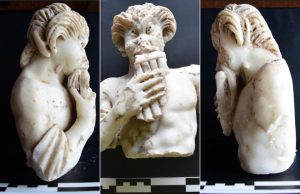
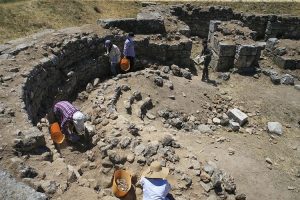
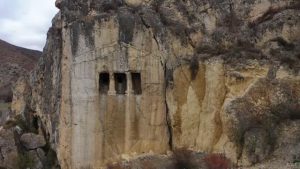
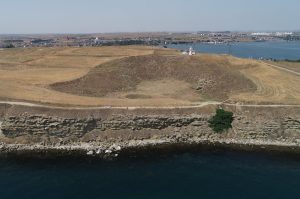




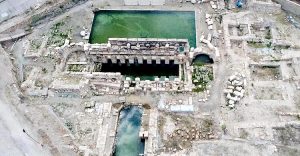
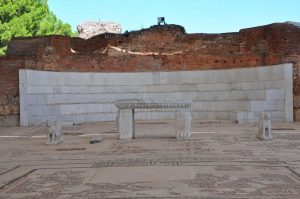
Leave a Reply